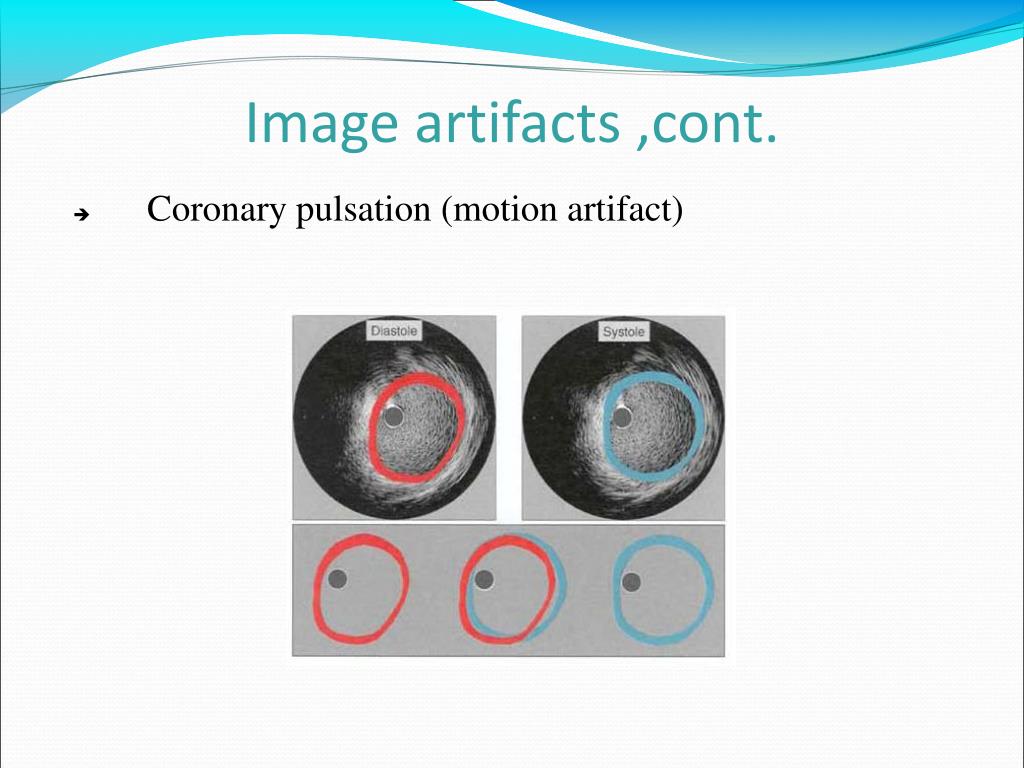

However, there are times when a paucity of information exists to suggest that the mechanism of myocardial injury is due to acute ischemia and times where there is ambiguity. Often, symptoms and signs and electrocardiogram changes are sufficient to be assured that acute ischemia is present. The need for evidence of the presence or absence of acute myocardial ischemia.Such a pattern may be easy to observe over a short period of time in those patients who present early after the onset of symptoms but may take longer time to manifest in patients who present later. A rising and/or falling pattern of cTn values indicates acute myocardial injury, whereas chronic myocardial injury is characterized by continuing elevated cTn values (less than 20% variation). The need for the presence of myocardial injury as defined with a cTn value above the 99th percentile upper reference limit (URL).

1-4 The essence of this concept includes the following (Figure 1): However, the increased sensitivity of cTn assays have unmasked the fact that there are a large number of circumstances in which myocardial injury can exist as an entity in itself in the absence of acute ischemic heart disease. It is still defined by myocardial injury detected by abnormal cardiac biomarkers in the setting of acute myocardial ischemia. These assays have substantially changed the way in which the evaluation of myocardial infarction (MI) proceeds, although the clinical criteria for MI have not been changed.
ARTIFACT MEANING IN CARDIOLOGY UPDATE
Recently, the fourth Universal Definition of Myocardial Infarction was released, with simultaneous online publications in The Journal of the American College of Cardiology, 1 Circulation, 2 European Heart Journal, 3 and Global Heart, 4 in recognition of the joint sponsorship from the American College of Cardiology, the American Heart Association, the European College of Cardiology, and the World Heart Federation.Ī fourth update of the Universal Definition of Myocardial Infarction was necessary for multiple reasons, including the ascendency of high-sensitivity cardiac troponin (cTn) assays.


 0 kommentar(er)
0 kommentar(er)
